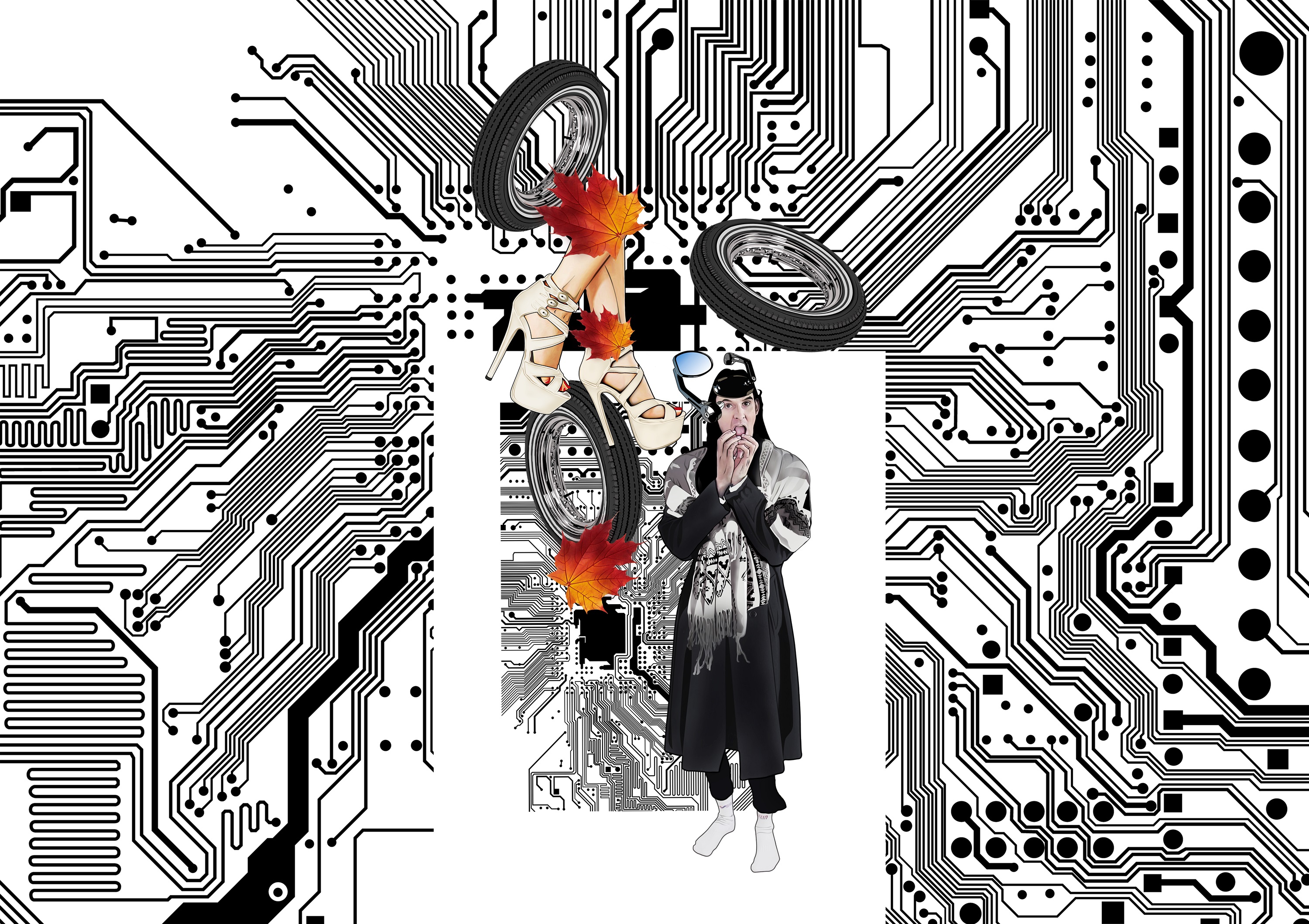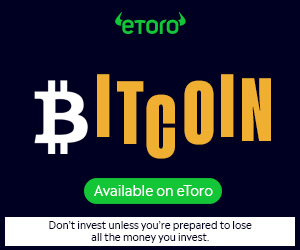The founder of Marquise $Museum is with us today to share financial and philosophical insights on the company's NFT portfolio and more.

Chris: Tell us about the creation of MarquiseMuseum. When was it founded?
It started as an Assset Backed Token on Counterparty in november 2017 (66 000 supply) reissued as ERC-20 (66k) with the help of Bitcointalk Minereum devs a week later because of tx capacity limit on XCP chain.
For technical reasons it was again ported to Waves in the same month (66k supply) and then once more reissued on waves as a secondary batch in February 2018 (660m). The 660m batch was 100% distributed to Russian investors in september 2019 in exchange for 4000 waves (trading at $1.14 at the time). Waves UI in that period was more user friendly before Opensea and Uniswap appeared so for this reason waves platform became a first choice for token integration of the digital art collection which has now branched off into Opensea and Uniswap.
The highest trading activity at present is the 660m supply on waves with a recently deployed Uniswap USDT pool for the original ERC-20 supply but there is no liquidity yet because we are waiting to make a first sale of the newly ported Opensea NFTs which are collateralized in the Uniswap fund.
These token pools are utilized as NFTx redeeemables of the Opensea NFTs at a starting rate of $89 000 per swap with 90% Loan to value.
The digital art catalogue itself was created between 2015-2016 and blockchain integration followed in 2017. The provenance is documented with Royal Library of Sweden listing (artbook) and Swedish patent registry (ABTx invention).
Chris: What is Marquise $Museum in a nutshell?
The ABTx business method was patent studied in Stockholm in 2018 and is the progenitor of what is today called NFTx: NFT tokenization using fungible contracts with the benefit of increasing liquidity to buy and sell or borrow base assets. It is the very first of its type but the original purpose of creating an asset using two chains was not for liquidity as that is a distant secondary benefit, rather it was for authentication and maximizing benefit of blockchain immutability combined with marketing specific properties which permitted methods such as mass distribution airdrops without compromising or diluting the core asset. Affluent NFT investors today do not seem to place any specific importance on a projects NFTx properties because they are all the same but the concept itself is not something that emerged from NFT mania recently, it has a well documented history and integrity of use behind it.
Collectors of the Museums Opensea NFTs will discover that the genesis wallet is the same holder wallet of the 66k ERC-20's described in question 1 and for this reason there isn't a need to vault or wrap any vintage tokens into customized NFT contracts which makes the process of minting on Opensea easy and cost effective without transferring ERC-20s to buyers as the genesis mint is already recorded on Opensea provenance ledger and publically verifiable. The supply limit is set to 20 mints per image excluding 30 copies of the cryptobook and so far there are 2 editions minted on Opensea so it is a constricted supply to keep circulation as low as possible while still permitting better decentralization compared to super rares because more than a few dozen copies is at risk of long term value depreciation. This conclusion is derived from Nifty research and behaviour of triple digit mints in secondary markets of artists like Beeple which for now are depreciating alot although this may not be the case later on.
All of the original 2017 Assets are published on Opensea and the entire process of blockchain integration took 4 years because it was so reliant on professional artists and blockchain developers to deliver turnkey solutions.
Conceptually the project is on par with vintage NFTs like Cryptopunks but there is no custom coding in the ERC-20 contract as opposed to all the other 2017 NFTs because the founder is an artist without any form of coding knowledge.
Investors of this particular collection may find it a palatable option to vintage NFTs & ABTs as it contains elements of both asset types and it is possibly the only ABT with an original art collection as the base asset unlike most ABTs which are backed by gold or stable coins and generally did not increase in value during this market cycle.
All of the Vintage 2017 NFTs: Cryptopunks, Mooncats, Cryptocats, and a few other more or less well known may have captured what is today considered the primary value component of vintage NFTs which is custom coding in the ERC-20 token supply. However with increasing popularity of NFTx tokenization for liquidity and lending protocols all of these vintage NFTs will still have 2021 or later NFTx timestamps unlike Marquise $Museum which is a 2017 ABT/ABTx and 2021 NFT. So this was sort of launched in reverse order compared to its peers and the main reason is that the founders background is finance and art and not programming. It is certainly unique in its class whether categorized as ABT or vintage NFT, but for now this uniqueness does not seem to translate into market value because its hard enough already to properly value this emerging asset class.
Swedish chamber of commerce originally appraised it to USD 4 million ($46 000 x 83 images) but this is invalidated because of lack of NFT specific coding in the ERC-20 contract. There should be some speculative value for reasons explained and at a starting price of $89 000 per NFT even with 90% LTV it is not in the best interest of the company at this time to undersell the collection.
Chris: What objective do you set for yourself in terms of helping people?
This is a very good question that should be directed to Neofeudalist crypto leaders and the old world establishment because speaking from 4 years of experience in this field it is evident that there is a barrier to entry in critical areas of monetization such as Coinmarketcap, gallery or Museum exhibition, Auction houses , top exchange listing. This art collection was created as a critique against Corruption in the Aristocratic Jet Set community and crypto integration was supposed to be an enabler of personal sovereignity and new start after escaping the absolute politization of the old economic system which is basically governed by Kings and their vassals. Blockchain is a technology like every other that can be used for good or evil and the development is moving towards an insider economy behind very well kept and gated doors. An upgraded version of Feudalism, hence Neofeudalism.
Marquise $Museum is 100% controlled by the founder and if there is any dormant value which is not permitted to flourish due to deliberate underexposure the means of philantropic capacity on the part of the Museum is greatly diminished. Without industry acceptance there is very little opportunity to expand the project without manually reaching out to HNW investors which is not a realistic way to build a large liquid marketplace. Inorder to build confidence and value every modern asset or antique must always be approved by the establishment and it is not simply enough to be in possession of something of great paper value without this seal of approval. Even if you discovered a vast treasure of antique gold coins with a supposed market value of millions it would be criminal to attempt to sell it on the black market and it would only fetch a fragment of its true value. The same goes for crypto but this was not the case before 2017 when it was unrestricted and any dev had equal opportunity.
With that said long term investors must understand that it is a speculative asset within an asset category which in itself is alot riskier than even the highest risk stock options or derivatives. If there was zero prospect of generational growth of this NFT catalogue it doest not make any sense that the company at present is squatting 100% of supply at $89k floor and refusing to undersell. This catalogue will outperform stock index over 35 years similar to Andy Warhol and other 20th century trail blazers but any quick x10 profits in NFT is in the past. Inorder to attain such market momentum it must first be accepted by insider establishment which as of today, it is not.
As soon as it is accepted and monetized at projected $300m valuation then the philantropic work of the Museum may proceed but before a person can help others they must first help themselves. Many people would benefit from the value created by this catalogue but ultimately it is not an outsider nano company founders decision to make it is the decision of the elite as it always were when debating entry into the top 1% club. I don't expect that this will be ungated anytime soon as long as no illuminati insider controls majority stake.
Chris: What's next in the pipeline for now? What's your next big move?
This started as a hobby and vector to redirect energy into creativity rather than destruction. After repeated exlusions in critical areas of development such as most recently Waves verified ticker with expressed sabotage by people within the WA there is no next move other than reduce it back into a personal hobby and make final completions in developments that remain within company control such as working with the artists who helped enhance images over the years. Every other possibility of expansion with myself in charge has proven a dead end such as gallery partnerships, CPC marketing, auction partnerships, exchange listings, uniswap liquidity, Opensea visibility. Next? Move on to something that doesn't rely on external factors of control or censorship, probably something hunting related that relies on physical attributes rather than intellectual. There is a cave art/hunter dichotomy ingrained in this work, a weaponized cultural component similar to Revelations and Germania and it was an energy used for inspiration where the safest bet was top 1% wealth by crypto.
Chris: What is your opinion on the current state of the STO market? What are the most promising asset categories to be tokenized?
I was completely sideblinded by NFT emergence with focus on Marquise $Museum development so am not the person for advice in this area when it comes to promising assets. Generally speaking there will come a period of old world migrations to blockchain such as stocks and indexes like NASDAQ dollars and other forms of semi sovereign deployments on a corporate, regional or supra state level, developing nations like the Salvador BTC adoption although a better case for them would be custom deployment using their own native currency pegged to commodities like real estate, oil and other natural or human resources. I don't think there is any near term parabolic black swan event because it was NFTs more likely super cycle bear. Afterwards there will be AGI tokenization which will coincide with Vernor Vinges 2029 Turing prediction. In combination with Androids society as a whole should be capable of transitioning into post scarcity by todays standards with UBI legislation. However the human mind is evolutionary programmed for territorial expansion and dominion so there is no certainty that provisions of the physical in the pyramid of necessity will facilitate popular complacency and contentment for any significant length of time. Any future conflict between tribes or nations could be triggered by granular social constructs which are equally destructive as desperation of survival from basic means when it becomes a conflict between fully nurtured minds and possibly biotechnologically enhanced ones at that. So like NFTs have proven the trend is towards increasingly abstract concepts of social stratification until somewhere 300 years out when everyone according to kardashev energy progression per capita attains a state which today would be comparable to godlike. The world as a physical whole is becoming too small for all the evolving big minds and during that interim phase between today and then my bet is some form of virtual surrogate/singularity to contain a cambrian explosion of ego/personal sovereignity as a method to avoid extinction level conflict until everyone can atleast be shipped off to artificial planets built by machines in the asteroid belt. Video game tokenization should be a good bet but when tied to corporate ownership the means of profiteering by early investors is diminished because it will already launch at high valuations perhaps restricted to a few insiders or accredited investors.
Chris: How does the growth of NFTs impact the crypto world in general?
Most NFTs launched in 2021 will never hold value and now that the initial rush of this sector cooled off it will be restricted in scope and influence similar to analogue equivalents like collectible sports cars, art. Vintage projects, super talents, and a few others like gaming companies who have the resources to break into the hierarchy they are the ones who will be the majority of NFT volume and growth. If there are ever state sponsored NFTs combined with fungible primary layers the world will be one step closer to some form of UBI and post scarcity when merged with humanoid bots. So I think the industry will split into public and private crypto and the main generational growth vector is within that public space because the means of production required to enable evolution on a social level is beyond anything private, think manhattan project. The technology itself is foundational but it is only one factor of a larger puzzle which will eventually shape and revolutionize this centurys socio economic system. The hyperbitcoinization chart for example could be a concealed indicator of Kurzweilian logarithmic growth trends in general technology and not necessarily constricted to crypto in itself, the two charts are very interesting to compare side by side. So what we see on the charts 5-10 years out could reflect something bigger than simply a high crypto market cap because the human perception can not discern global economic movements in real time and certainly not in the future it is simply too much information but the chart could reveal to us in advance by parabolic trends that there will be seismic technological events to sustain such rapid growth. And the theory of Hyperbitcoinization is that it is simply a mimic of other log charts that mirror future economic growth such as Kurzweils projections. We can extrapolate fantastic price predictions based on that scenario and it doesn't have any context to us in the present but in reality it could be the most concrete revelation of some future event that will disrupt society and when overlaid with Kurzweils charts everything makes perfect sense.
Chris: Why one should consider an investment into MarquiseMuseum?
It's the first NFTx and the only one at that with 90% LTV. It is the only art backed ABT and the asset class as a whole should outperform stock index over the next 35 years similar to 20th century art pioneers but at the same time any x10 quick profits are in the past and must not be expected moving forward. Unlike true vintage 2017 NFTs this contract does not contain NFT custom coding and for this reason it is a more exotic and speculative option compared to peers but should provide lower risk to sector entry compared to other post 2020 NFT mania projects such as Hashmasks, BAYC, or Beeples Nifty editions which were overminted.
Chris: I wonder if you have UK-based projects in your portfolio? Do you plan to get any?
When the catalogue is fully monetized at $300m new investments will open for business to all good projects whether UK or other but for now there is only a small allocation into Belgium based TurtleNetWork.





 usdt
usdt xrp
xrp

